Quick & Crispy No Fuss Pie Crust Recipe Everyone Can Master
No fuss pie crust revolutionizes traditional baking challenges into a delightful culinary experience.
Intimidating pastry techniques dissolve when you master this simple technique.
Smooth, buttery textures emerge without complex equipment or professional skills.
Pressing instead of rolling eliminates typical crust-making frustrations for home bakers of any experience level.
Flaky layers promise a perfect foundation for countless dessert and savory creations.
Minimal ingredients and streamlined steps make this recipe a game-changer for kitchen enthusiasts.
Why This Pie Crust Keeps Things Simple—and Perfect
What You’ll Need for the Easiest Dough Ever
Dry Ingredients:Liquid Ingredients:Preparation Ingredients:How to Roll Out Flaky Crusts Without the Fuss
Step 1: Prepare Pie Dish
Lightly spray a 9-inch pie dish with nonstick cooking spray to prevent sticking. Set the dish aside for later use.
Step 2: Mix Dry Ingredients
In a large mixing bowl, whisk together:Ensure ingredients are evenly distributed.
Step 3: Create Dough Base
Add to the dry ingredients:Stir gently until the mixture begins to come together, forming a soft dough.
Step 4: Knead and Form Dough
Gently work the dough with your hands, pressing and folding until it becomes smooth and holds its shape when squeezed. The dough should feel consistent and easy to manipulate.
Step 5: Shape Crust
Transfer the dough to the prepared pie dish. Use your fingers to press the dough evenly across the bottom and up the sides of the dish. Create decorative edges by pinching or crimping as desired.
Step 6: Ready for Filling
Your pie crust is now prepared and ready for your favorite filling. Proceed with your specific recipe’s baking instructions, as cooking times will vary depending on the type of filling you choose.
Tips for Getting That Golden, Tender Shell
Best Ways to Store It Before and After Baking
What Fillings Work Best With This No-Fail Crust
Fun Flavor Boosts for Sweet or Savory Bakes
Print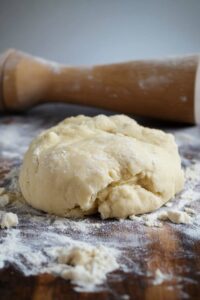
No Fuss Pie Crust Recipe
- Total Time: 10 minutes
- Yield: 1 1x
Description
Rustic No Fuss Pie Crust delivers flaky, buttery perfection with minimal effort. Bakers can craft this simple dough quickly, ensuring delicious homemade pies without complicated techniques.
Ingredients
Main Ingredients:
- 2 cups (480 ml) all-purpose flour
- ¼ cup (60 ml) vegetable, canola, or olive oil
- 3 tablespoons (45 ml) cold water
Oil and Seasonings:
- ¼ teaspoon baking powder
- ¼ teaspoon salt
Instructions
- Lightly coat a 9-inch (23-centimeter) pie dish with nonstick cooking spray to prevent potential sticking during baking.
- In a spacious mixing bowl, thoroughly combine all-purpose flour, salt, and baking powder using a whisk to ensure uniform distribution of dry ingredients.
- Create a small well in the center of the dry mixture and gradually pour cold water and oil into the flour combination.
- Gently fold and mix the ingredients using a fork or spatula until a soft, slightly crumbly dough begins to form.
- Use your hands to delicately knead the dough, pressing and compressing until it becomes a cohesive, smooth ball that holds together without crumbling.
- Transfer the dough ball into the prepared pie dish, using your fingertips to evenly spread and press the mixture across the bottom and up the sides of the dish.
- Carefully shape the edges of the crust, creating a decorative crimped or scalloped pattern using your fingers or a fork to enhance visual appeal.
- The pie crust is now ready for your preferred filling, and can be baked according to the specific recipe requirements for your chosen pie.
Notes
- Customize the crust edges by pinching or using a fork for a decorative touch that adds homemade charm.
- Work quickly when handling the dough to prevent it from becoming tough or overworked.
- Cold ingredients help create a flakier texture, so keep water and mixing tools chilled if possible.
- Check dough consistency by gently squeezing a small amount – it should hold together without crumbling.
- Leftover dough can be wrapped and refrigerated for up to 3 days or frozen for future pie-making adventures.
- Prep Time: 10 minutes
- Cook Time: 0 minutes
- Category: Desserts
- Method: Mixing
- Cuisine: American
Nutrition
- Serving Size: 1
- Calories: 970 kcal
- Sugar: 0 g
- Sodium: 580 mg
- Fat: 54 g
- Saturated Fat: 6 g
- Unsaturated Fat: 48 g
- Trans Fat: 0 g
- Carbohydrates: 98 g
- Fiber: 4 g
- Protein: 10 g
- Cholesterol: 0 mg

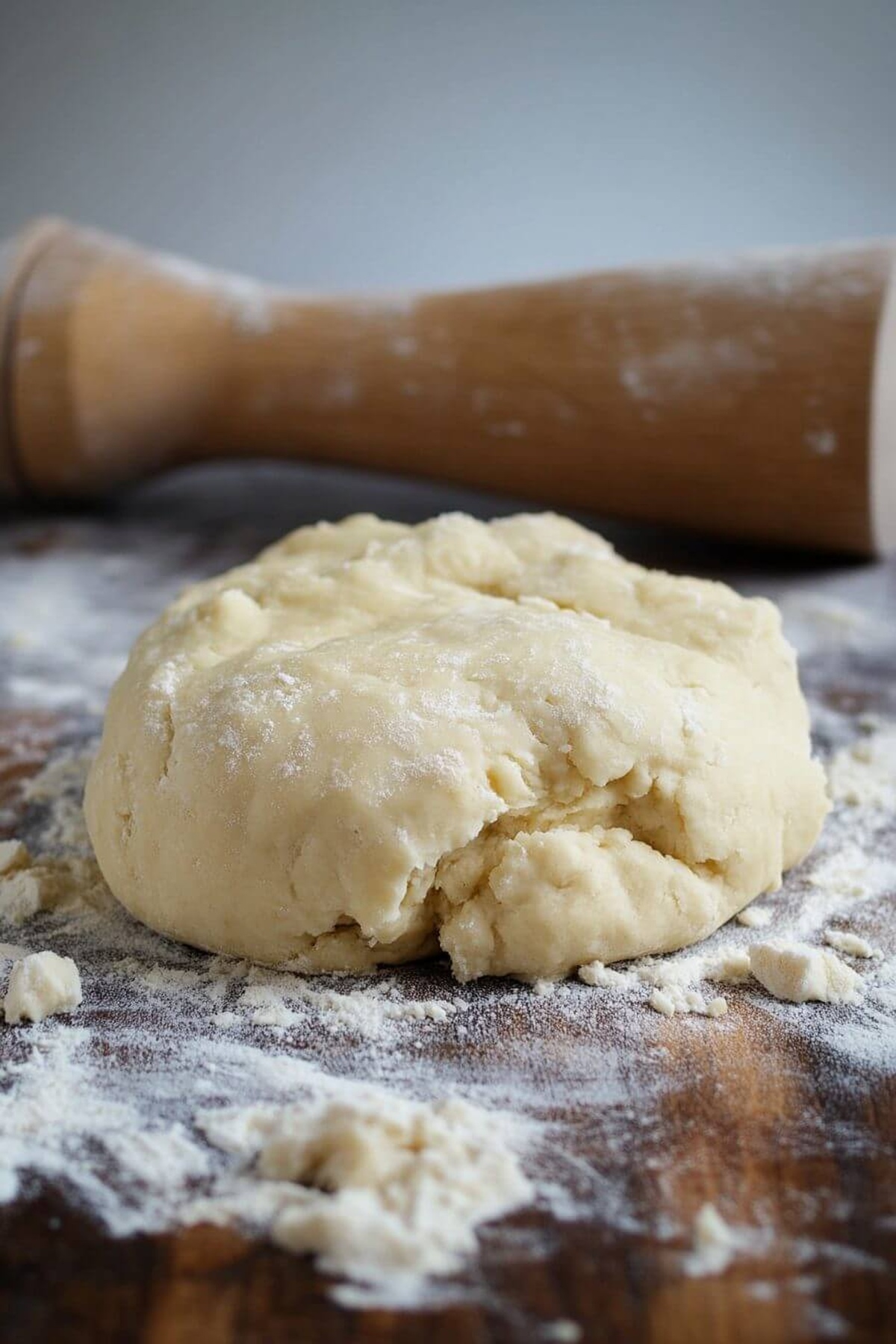
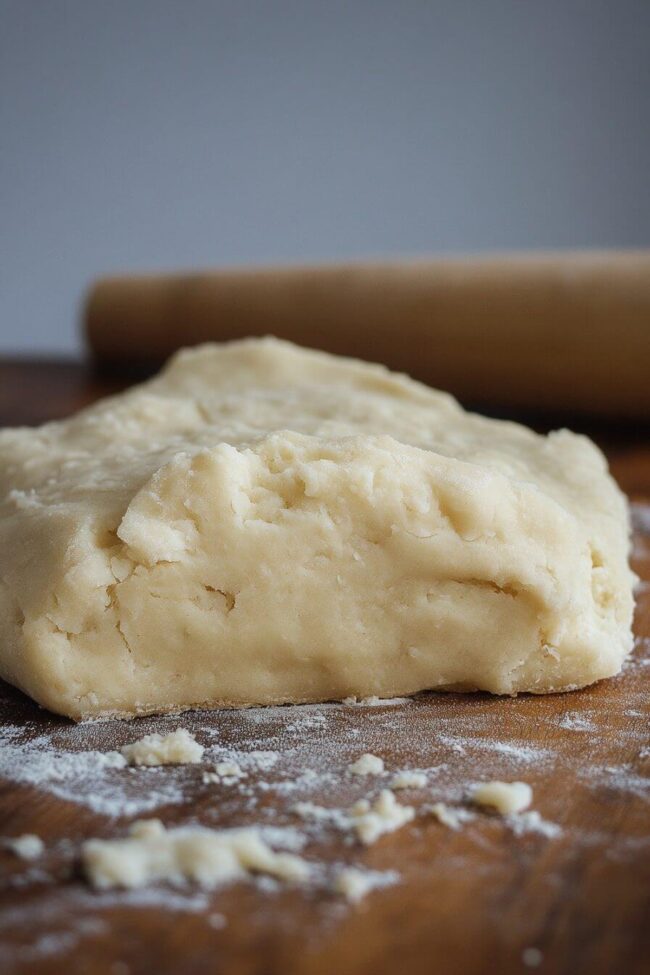
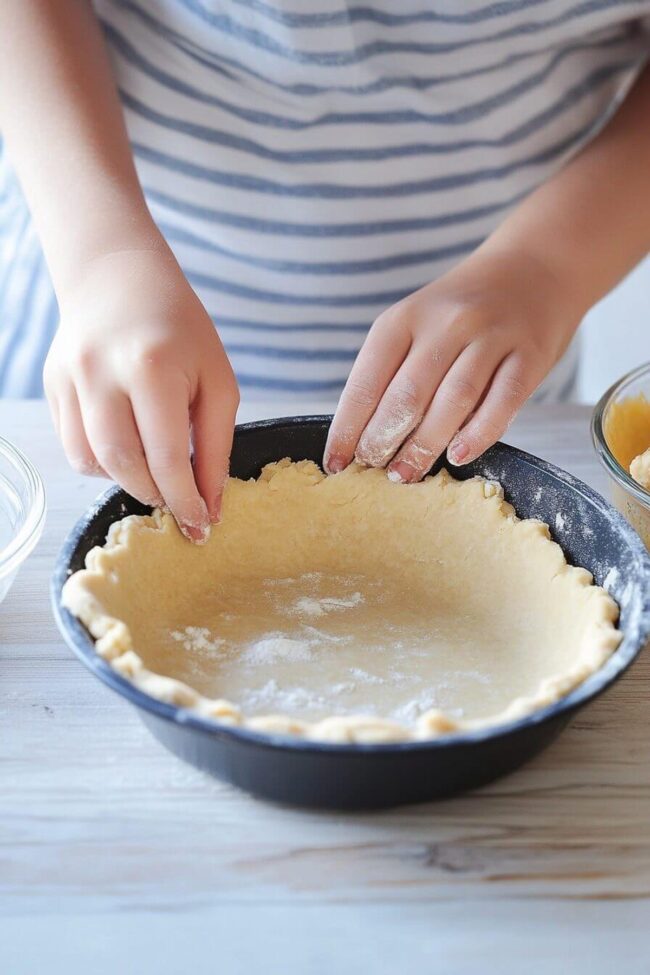
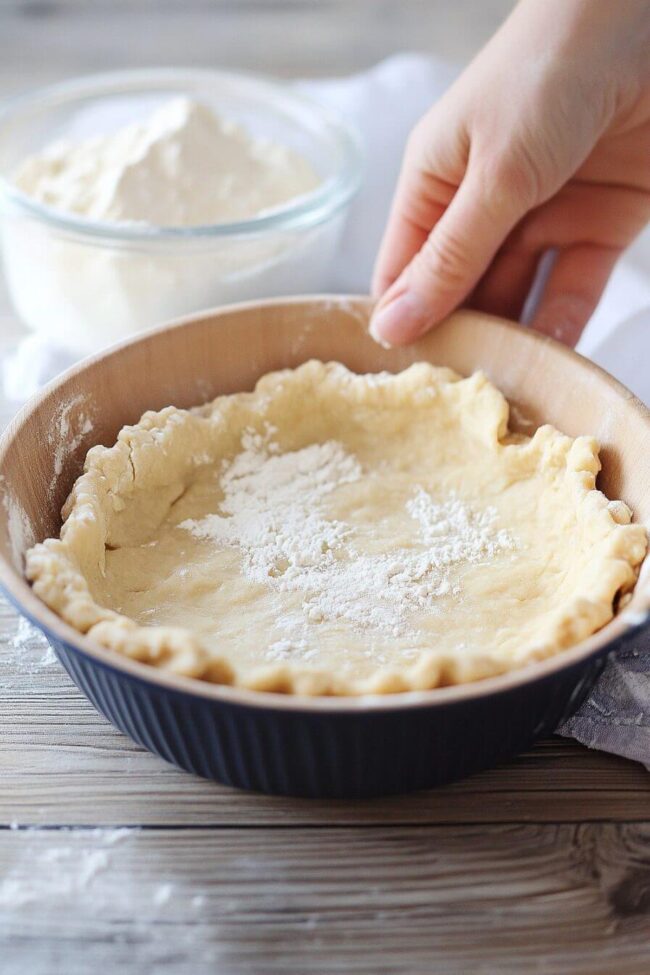
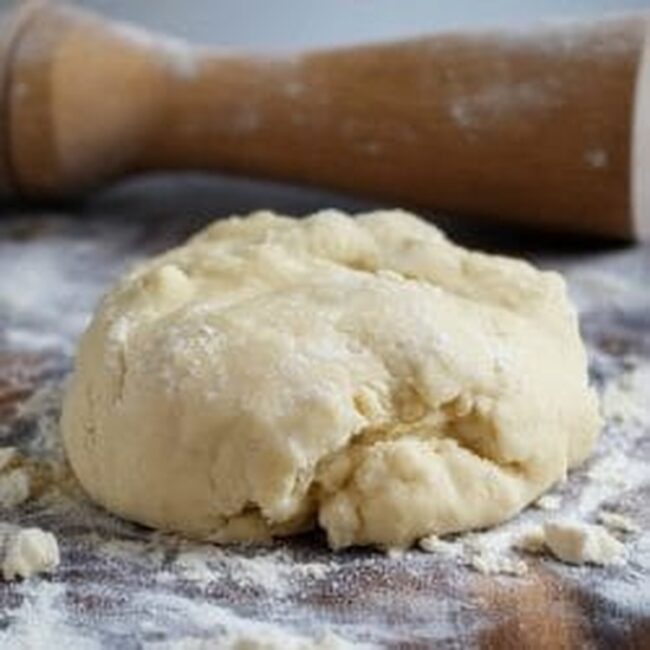
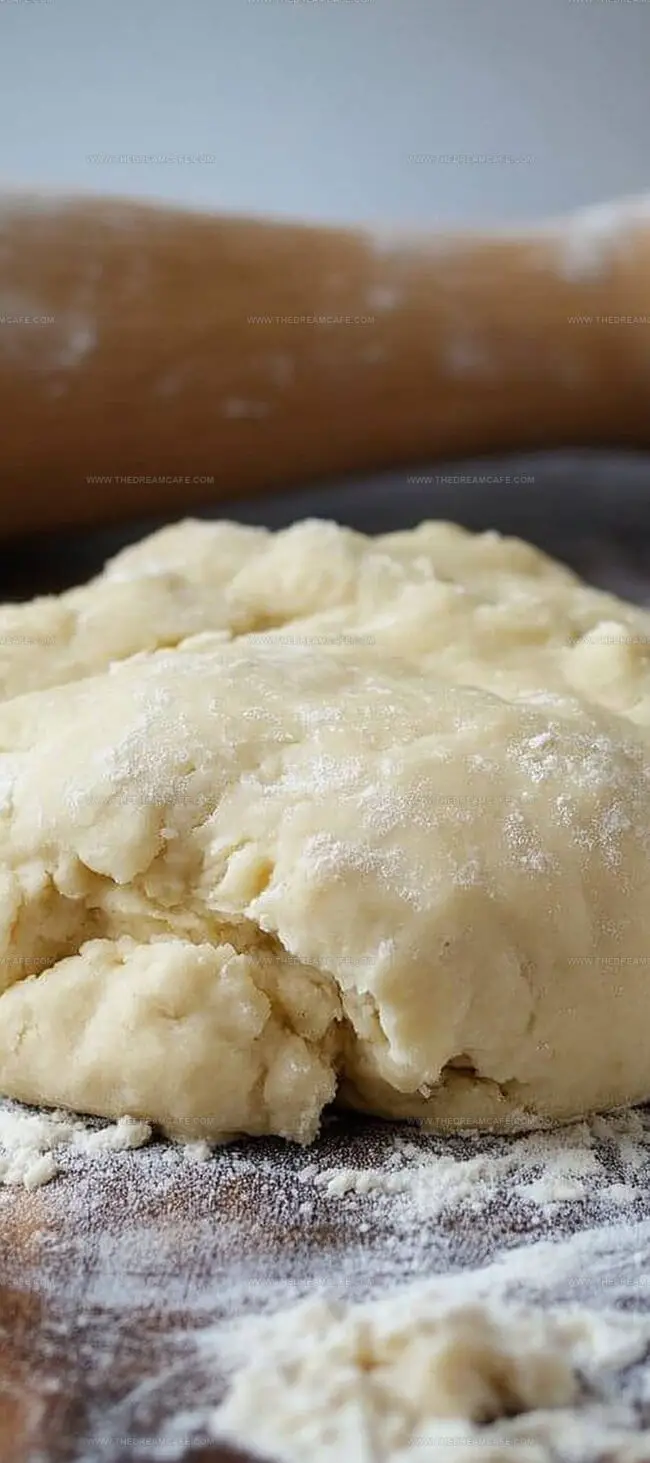

Julian Park
Co-Founder, Cuisine Researcher & Food Culture Writer
Expertise
Education
The Institute of Culinary Education (ICE), Los Angeles, CA
Julian Park is a natural storyteller at The Dream Café who blends hands-on culinary experience with a passion for exploring global food traditions. A graduate of The Institute of Culinary Education in Los Angeles, Julian combines professional technique with a love for cultural discovery, diving into how dishes reflect heritage, migration, and identity.
His work spans everything from in-depth cuisine guides to reflections on everyday meals around the world. With a curious palate and a journal always close by, Julian helps readers connect with food in a way that feels so insightful and personal.